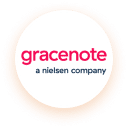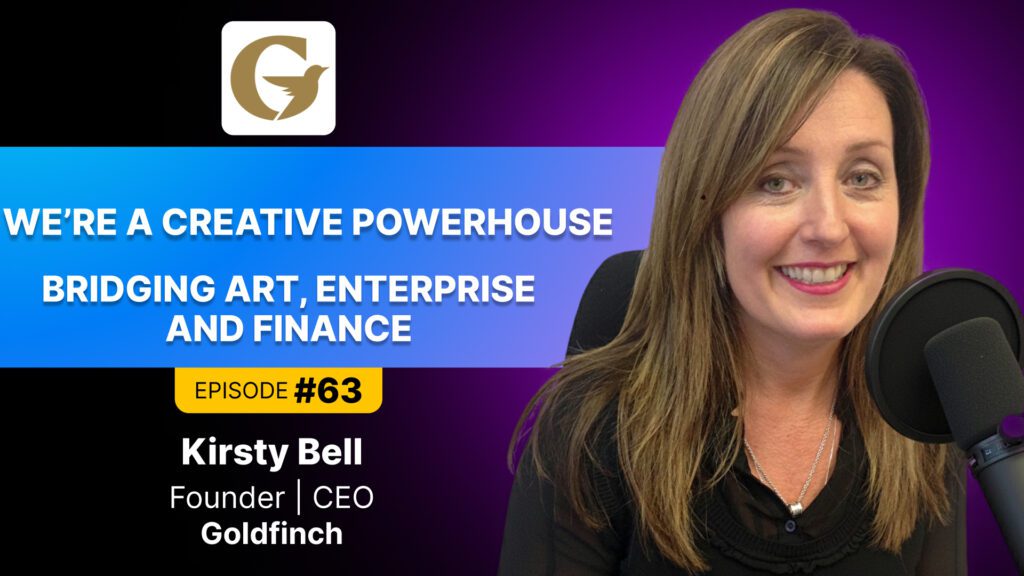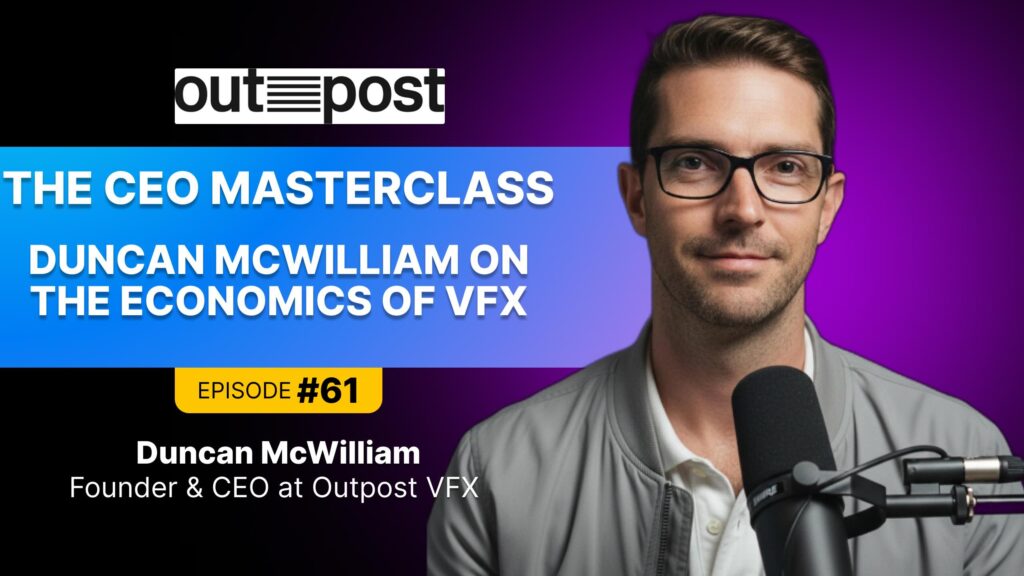Welcome to Vitrina Podcasts, where we dive into the most innovative and cutting-edge companies from within the global entertainment supply chain.
In this episode, Vitrina welcomes Tim Cutting, the Chief Revenue Officer at Gracenote, to discuss the evolving FAST (Free Ad-supported Streaming Television) landscape. Tim highlights the maturation of the video ecosystem, leading to the industry’s current embrace of FAST. Explore the appeal of free TV for consumers, the role of metadata in improving FAST content discovery, and the challenges and opportunities the industry faces today.
That’s what FAST channel is all about. It’s about syndicated content, finding the deep catalog, resurfacing it, polishing it off and putting some gleam on it again and getting people excited…
Podcast Chapters
| 00:00 | Introduction |
| 01:14 | Revolution of the FAST Channels |
| 05:31 | FAST Eco-system Maturity |
| 10:01 | Metadata and the Gracenote Pedigree |
| 14:51 | Linear vs. On-Demand |
| 17:16 | New Entrants in the FAST Space |
| 20:12 | Syndicatable Content |
| 24:22 | Gracenote’s FAST Program |
| 27:46 | Opportunity for Contextual Advertising |
| 31:31 | Channel Metadata Compliance |
| 33:09 | When to Engage with Gracenote |
| 35:45 | Wrapping up |
Our job is to make sure that every attribute of that channel from the content to the channel itself, lives up to the governance rules and standards of the aggregator platform. So, each platform has its different requirements… That’s what Gracenote specializes in — is understanding the requirements of the destination platform.
Tim Cutting leads strategic revenue generating initiatives for Gracenote focusing on helping global clients drive effective content distribution, discovery and monetization. His scope of influence extends across a diverse sales team, managing key regions of the world including North America, EMEA, LATAM, APAC, and India. Tim is reshaping the entertainment landscape by helping clients leverage industry-leading Gracenote metadata, content IDs and related solutions to transform their offerings and foster business expansion on an international scale.
About Gracenote:
Gracenote is the content data business unit of Nielsen providing entertainment metadata, connected IDs and related offerings to the world’s leading creators, distributors and platforms. Gracenote enables advanced content navigation and discovery capabilities helping individuals easily connect to the TV shows, movies, music, podcasts and sports they love while delivering powerful content analytics making complex business decisions simpler.
Gracenote's Latest Customers

- Content Data Expertise: Gracenote, as Nielsen’s content data unit, brings unparalleled expertise in providing entertainment metadata, connected IDs, and related solutions. This mastery aids content creators, distributors, and platforms in effective content distribution, discovery, and monetization.
- Global Reach: Leading initiatives across North America, EMEA, LATAM, APAC, and India, Gracenote ensures a broad international impact. This global presence allows clients to leverage industry-leading metadata and content IDs for international business expansion.
- Industry Transformation: The company focuses on transforming client offerings using cutting-edge metadata and content analytics, simplifying complex business decisions.
- FAST Channel Solutions: Gracenote is a key player in the evolving Free Ad-supported Streaming Television (FAST) landscape, providing insights into the maturation, challenges, and opportunities within the FAST ecosystem.
- Tailored Solutions: Gracenote specializes in understanding the diverse requirements of destination platforms. Whether it’s content governance rules or standards, Gracenote ensures that every attribute, from channel content to the channel itself, aligns seamlessly with platform specifications. Connecting with Gracenote means aligning with tailored solutions for optimal performance.
Powering FAST Discovery: An Interview with Tim Cutting of Gracenote
This is a written version of the Vitrina podcast featuring Tim Cutting, where we dive into the rapidly evolving world of Free Ad-Supported Streaming Television (FAST) and the critical role of metadata in powering discovery and monetization. In this detailed Q&A, Tim explains Gracenote’s pivotal position in the FAST ecosystem, industry challenges, opportunities for content publishers, and the road ahead for contextual advertising and content discovery.
1. Vitrina: Tim, can you set the stage by explaining how the FAST ecosystem has evolved in recent years and how Gracenote fits into this transformation?
Tim Cutting: The FAST ecosystem has seen a significant shift from being viewed as a novelty to becoming a foundational piece of the streaming landscape. A few years ago, some thought it was a bubble. Now, FAST is clearly here to stay. The word that doesn’t get enough use in this space is “free.” Consumers love free TV—it’s a throwback to the rabbit ears era. Gracenote focuses on what matters most: the consumer. We help users discover content faster through metadata-driven search tied to themes or moods. Our data powers the screen behind the experience—whether it’s genre-based channels, serial vs. thematic sequencing, or localized preferences—by making content searchable and accessible.
2. Vitrina: What areas of the FAST ecosystem do you think have matured the most, and where do you still see fragmentation?
Tim Cutting: It’s interesting—while content programming and distribution have grown rapidly, the ecosystem still feels disjointed. There are strong players in video delivery and monetization, but the metadata layer—critical for organizing and discovering content—has lagged in consistency. Each part of the chain—from content publisher to aggregator—has its own metadata priorities, which sometimes creates friction. Gracenote brings normalization to that chaos, offering structured data with industry-standard IDs so content is accurately identified, scheduled, and discoverable across platforms like Pluto, Amazon, or YouTube.
3. Vitrina: Can you explain the importance of structured metadata for FAST and how it impacts user experience and monetization?
Tim Cutting: Absolutely. Metadata isn’t just for the end-user to search by genre or actor. It’s foundational for the machines behind the scenes. Think of it like SEO for streaming: if you don’t tag a movie correctly—or disambiguate similar titles like different “Ghostbusters” versions—the system may fail to serve it to the right audience. Gracenote enables accurate classification, descriptive metadata, and imagery that match platform standards. This consistency supports discovery, viewing, and ad delivery, ensuring the content gets seen and monetized.
4. Vitrina: How does Gracenote support the full lifecycle of a FAST channel—from concept to consumer discovery?
Tim Cutting: When a content owner decides to launch a FAST channel, there are three phases where we engage. First, once the catalog and schedule are defined, we apply our metadata IDs and normalize the content. Second, we ensure that the channel metadata—logos, descriptions, genre—meets each aggregator’s format. Lastly, we distribute that metadata globally. Our systems are built to power 14-day linear guides, which fits seamlessly into FAST’s scheduled programming. We even support the categorization that platforms use to promote genre-based discovery.
5. Vitrina: Who is the new Gracenote FAST Program designed for, and what does it aim to solve?
Tim Cutting: The FAST Program is aimed at content publishers and distributors—particularly those launching channels for the first time. Many were approaching us too late, after deals were signed with aggregators. This led to rushed timelines and metadata quality issues. Our goal is to educate the industry to bring metadata into the planning phase. With clean, consistent data, channels can launch faster and with better discoverability. The program demystifies what metadata is needed and when, avoiding bottlenecks.
6. Vitrina: You touched on deep catalog syndication. Why is FAST the perfect model for resurfacing older content?
Tim Cutting: FAST is reviving classic, long-tail content. It allows publishers to resurface shows like Friends, Suits, or Knight Rider in new formats—dedicated channels, thematic marathons, etc. These titles were buried under the “new originals” model in VOD catalogs, but now they can shine again. This isn’t just good for fans; it’s economically efficient. Studios that overinvested in original content are now finding syndication through FAST to be a sustainable monetization path.
7. Vitrina: What types of new clients and partners is Gracenote seeing as FAST expands?
Tim Cutting: We’re seeing growth beyond traditional broadcasters and telcos. New entrants include independent distribution companies and content studios from emerging markets like Brazil or India. Many are now not just seeking discovery tools, but are pushing their metadata into Gracenote proactively to ensure they’re indexed and visible across aggregators. This represents a shift—Gracenote has become a global metadata distribution hub, not just a data provider.
8. Vitrina: Does metadata influence ad targeting on FAST platforms? What’s your view on contextual advertising?
Tim Cutting: That’s the next frontier. Metadata offers a goldmine for contextual advertising—targeting ads based on genre, mood, or even character traits. Right now, ad targeting is relatively immature; as a consumer, I’ve seen the same ad repeat in every break. That’s not ideal. Better metadata enables smarter ad choices and higher CPMs. Imagine serving a camping gear ad during an outdoors-themed FAST channel—that’s where this is headed. But aggregators need to tap into this taxonomy more intentionally.
9. Vitrina: When should a new FAST channel partner bring Gracenote into their launch timeline?
Tim Cutting: Ideally, once the channel is conceptually defined and content is selected and scheduled—but before deals are finalized. Many wait until the distribution deal is signed, which is often too late. If we engage earlier, we can clean and normalize metadata, fill gaps, and ensure your channel meets aggregator standards well ahead of go-live. This avoids last-minute scrambles and helps speed time-to-market.
10. Vitrina: Beyond content discovery, how does Gracenote help consumers and platforms discover entire FAST channels?
Tim Cutting: That’s a great point. Gracenote doesn’t just catalog content—we also enrich channel metadata. We work closely with aggregators to ensure every channel we onboard meets platform-specific requirements—like channel-level logos, descriptions, and categorization. This helps not just content within channels get discovered, but helps the channels themselves surface in platform UIs, filters, and featured rows. Think of it like building a structured map so consumers can easily find the neighborhood, not just the house.








